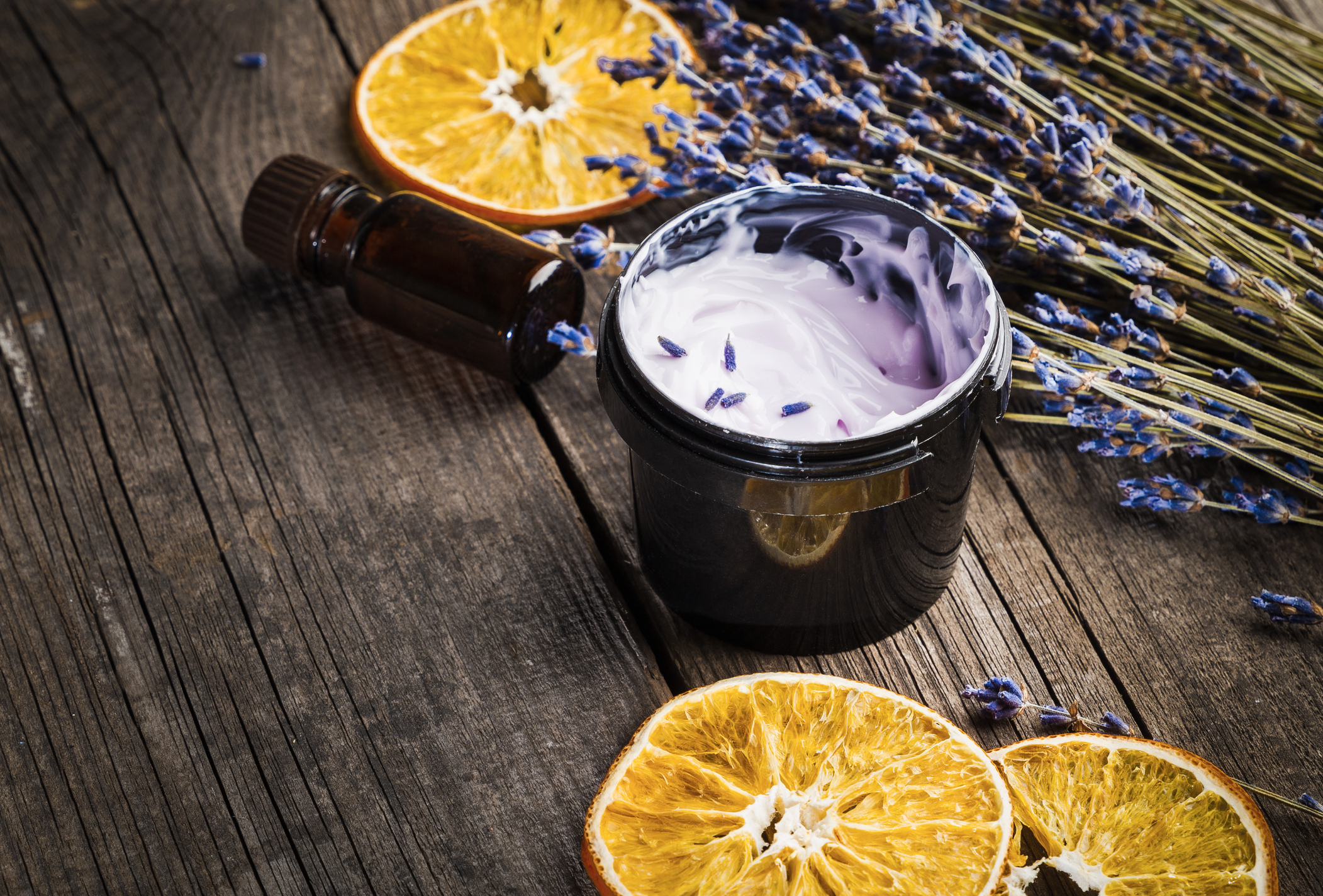Tell me if this sounds familiar: You’re wracking your brain, trying to figure out how to drive down Customer Acquisition Costs and increase Share of Wallet, Average Order Value, and repeat rates as you continue to launch additional products. At first glance, it looks like a job for a big-name consulting firm, but if you zoom out a bit, you may notice that there’s a common driver that can link and determine the success of those metrics – the customer. Simply put: Do customers like your brand, and do they want your products?
One simple way to get that answer to be a resounding “yes,” is to ask your customers directly. Involve them in your prod dev, involve them in your marketing, involve them in your beta testing, and reward that loyalty whenever you can. This process can take many forms, but we tapped some of our favorite founder friends for examples and ideas during Intrepid’s beauty care panel at the ACG Los Angeles M&A Conference, and they were (almost) too good to share:
Make UGC Your New Favorite Acronym
To co-create value with customers, you’ll want to bubble this acronym to the surface of your alphabet soup: User Generated Content. OrangeTwist Chairman and Hydrafacial CEO Clint Carnell says Hydrafacial’s clients started organically sharing photos of the clear canister of wastewater that collects all the dead skin cells and dried sebum that gets sucked off the client’s face during a service via a tiny vacuum-like device. Rather than shy away from the unglamorous trend, Carnell and his team leaned into it: “We actually created a name, Gunkie, and trademarked it, because of users who would pull the Gunkie out and post it on Instagram,” Carnell says. “The hashtag ‘#gunkie’ became its own forum.” While a phenomenon with an ick factor wouldn’t be every beauty brand’s cup of tea, Carnell believes the philosophy behind it is universal: “You just have to be open. If anyone says, 'This is the way it's supposed to be done,' I'm like, ‘You're going to lose. You're not listening.”
Ask (Open-Ended) Questions
While many old-school brands have viewed two-way talking platforms like live chat functions, customer service email inboxes, and social media as avenues to respond to customer complaints and other issues, newer, savvier brands are flipping the script and mining them for rich customer data. Even complaints give you cues to the things that your customers are craving, in their own words, if you listen. Maybe a cream that is “too sticky” and “greasy” can inspire a silky new launch that dries down with a powdery-soft finish. Serial entrepreneur/reality TV star/Attorney at Law Lilly Ghalichi Mir, who founded two beauty brands, Lilly Lashes and HAIRtamin, leveraged the open-ended question format on Instagram stories and the brand’s email list to hit on some of her most successful launches to date. “We started doing social surveys, or we’ll send out an email to our whole email list,” Ghalichi Mir says. “We started developing only the products that were number one or number two. And the success rates of those products are phenomenal.”
Be Okay With Not Trusting Your Gut
Your gut is just that: your gut, with no scientific link to what your customers want or will buy. You are not selecting a mate or avoiding imminent danger, you are trying to cater to the (mostly unknown) customers who are the life blood of your brand. See, getting all this rich data from your customers only works if you execute on it, even if it feels a little counterintuitive. Ghalichi Mir admits that she wasn’t totally sold on some of the feedback but went for it anyway. “In my lash line, the number one request was mascara. We were like, ‘Why do people want to see a mascara? We’re a false lash line!’ But we made a mascara and it was a huge hit.”
Go To Your Audience, Rather Than Making Them Come To You
Every now and then, larger life events will give you a very big clue as to where your customers are spending their time. During the infamous Facebook and Instagram outage, savvy brands sent blasts to their email lists with discount codes to use while their favorite apps were down, and others moved to Twitter to continue to engage with their customers and attract new ones. During the pandemic, Ghalichi Mir’s social-first brands skyrocketed in sales. “When everyone was stuck at home, they didn’t know what to do with themselves, so they were just scrolling social. For socially driven brands like ours, it was literally explosive growth, and brands that didn’t have a social presence before suddenly realized the importance of having one,” she says.
Turn Your Critics Into Co-Creators
In an era where product reviews on e-commerce websites, YouTube, Twitter, and Tik Tok can tank a brand’s popularity in minutes, it can be pretty scary to launch a product. Fascinatingly, Carnell’s suggestion is to invite criticism, rather than treat it as a public relations threat: “Particularly with millennials and generation Z, they want a direct relationship with the brand; they want a voice and they’ve got the technology to do it,” Carnell says. So, when his team launched a new handheld device, they invited a bevy of loyal users and influencers to give them unvarnished feedback. “We invited users in for a launch party and told them, ‘We want to co-create with you. Our app is not perfect. The device isn’t perfect. We’re building this together.”
That kind of openness has literally paid dividends for Carnell, who took the company public last year. “They'll give you real honest, candid feedback that if you're listening, makes you a much better company.”
To read my previous blog posts on Intrepid’s recent Beauty and Personal Care panel at the ACG LA M&A Conference, click here.

